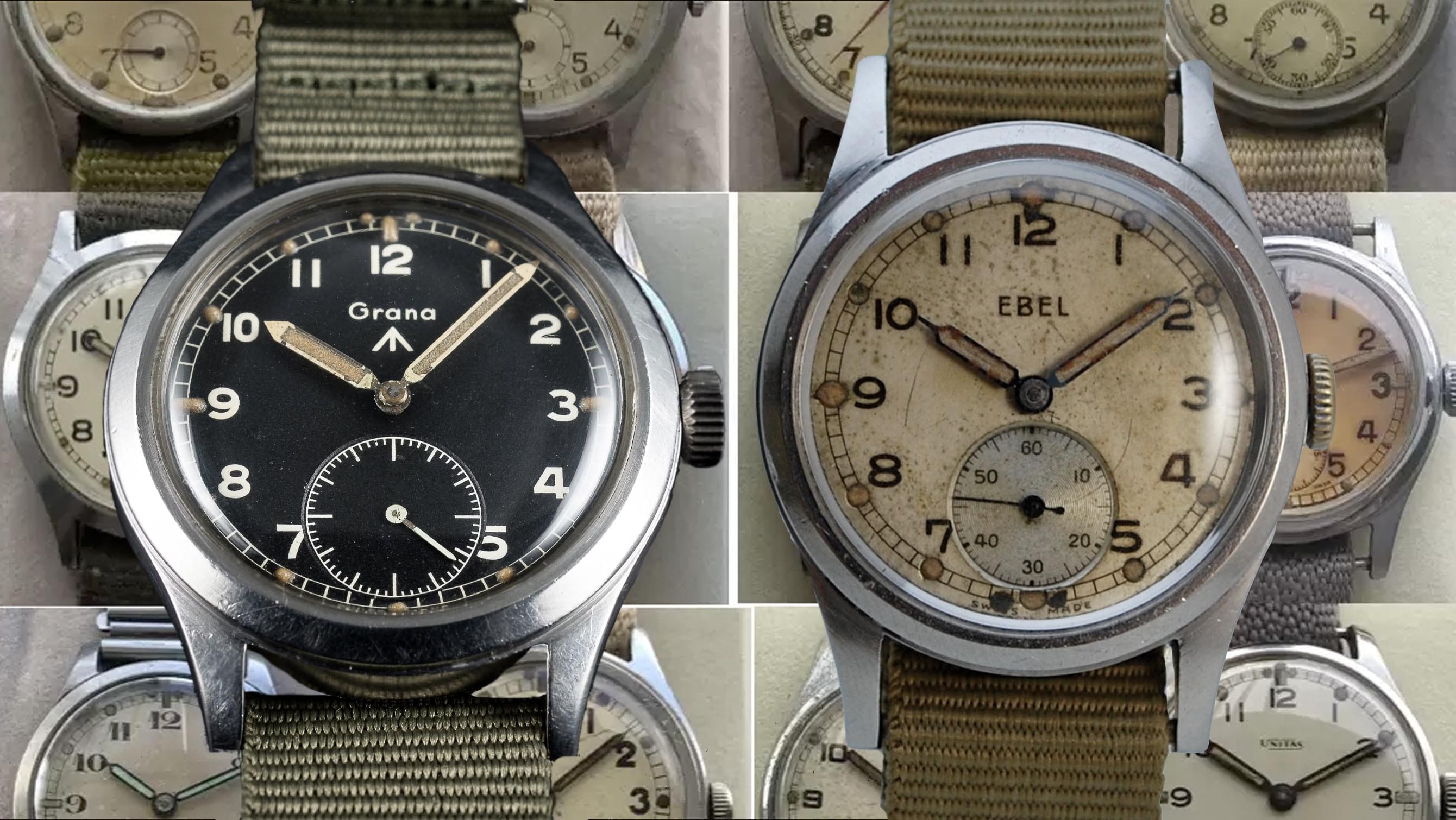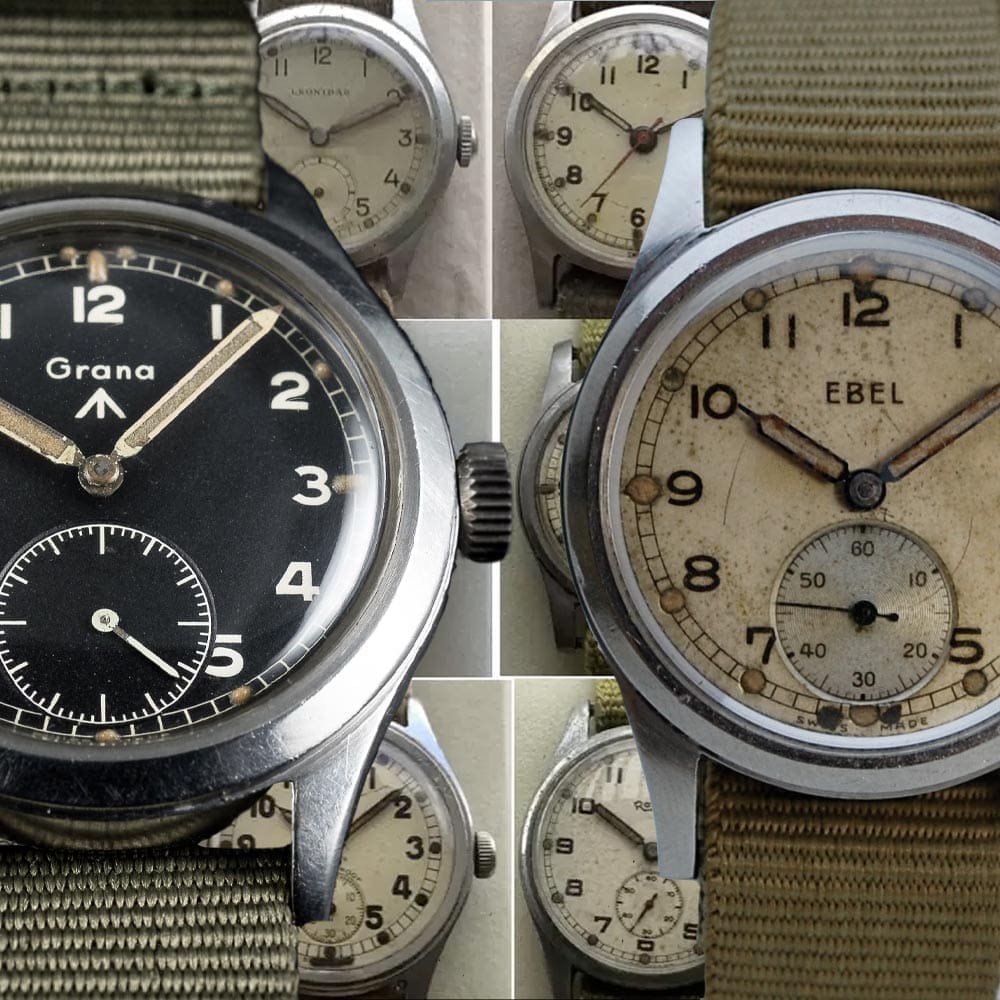The ATP watch is the precursor of the Dirty Dozen that no one knows about
Fergus NashBring up the topic of wristwatches in Word War II and you’ll instantly hear mention of the Dirty Dozen. Nicknamed after the 1967 film, the series of watches were produced by 12 Swiss companies for British forces to a strict set of specifications. Not only do the Dirty Dozen get all of the glory for helping British soldiers to win the war, but they’re also some of the most re-issued or homaged field watches around. But, what if I told you there was another watch that arguably deserves even more plaudits, having its place in history usurped by the Dirty Dozen? This is the story of the ATP watches.
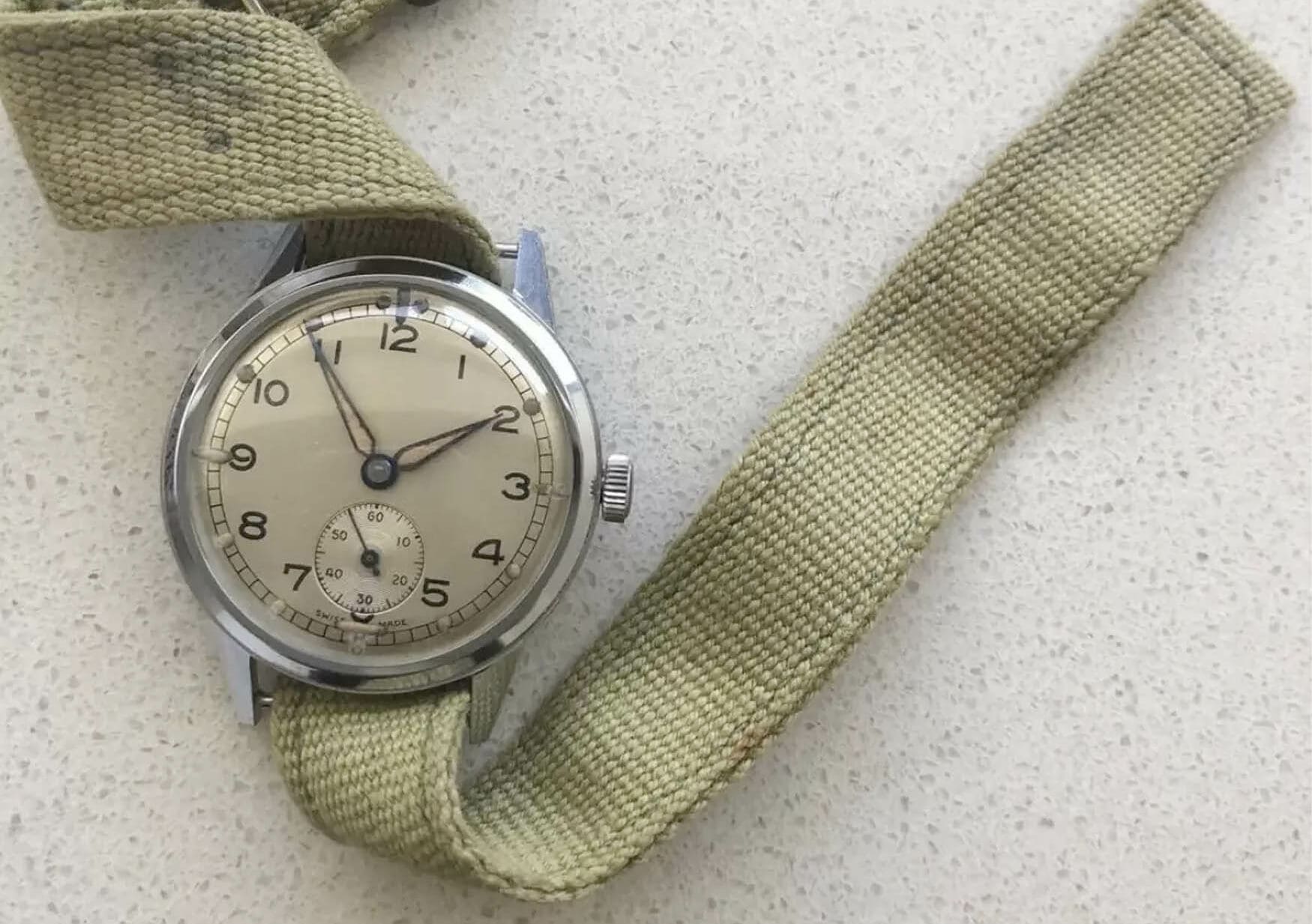
To say that the legend of the Dirty Dozen watches is a lie isn’t some giant conspiracy, more just pointing out a lie of omission. If you had been picturing them on the wrists of soldiers during the Normandy landings for instance, that couldn’t have happened. Although there are a few rare reports of the Dirty Dozen (then known as W.W.W. or Watches, Wristlet, Waterproof) cropping up in late 1944, it’s most likely that they weren’t supplied or even commissioned until 1945. That means whatever Dirty Dozen watches were actually supplied to soldiers wouldn’t have been issued until after the surrender of Germany in May of 1945. The W.W.W. watches were almost entirely used by officers or military staff in engineering or communications roles, which isn’t to say that they weren’t important, but it was the ATP watch doing the heavy lifting.
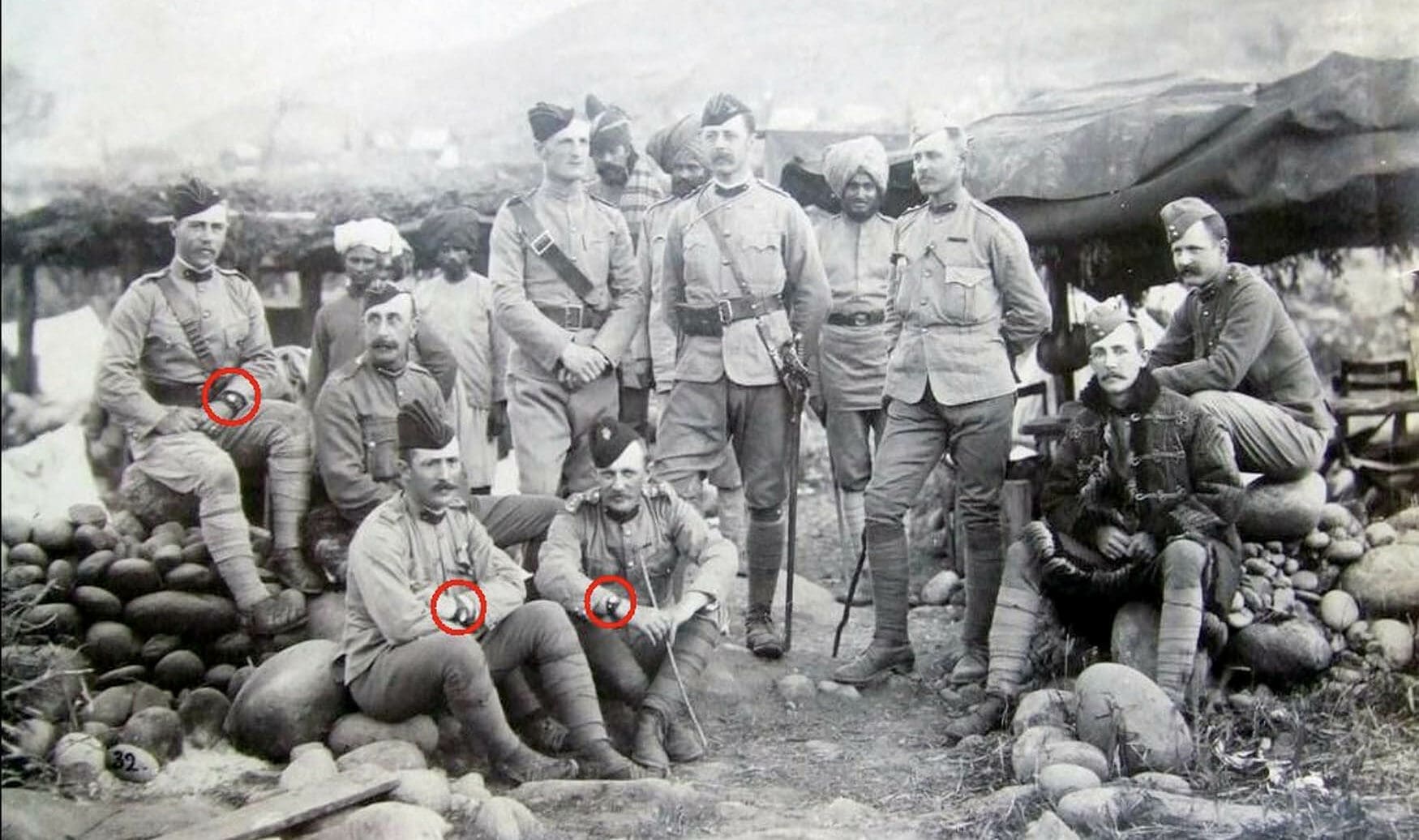
Rewinding to 1939 at the outbreak of World War II, the Ministry of Defence were all too aware that they’d need a solid wristwatch for their troops. ‘Wristlet’ fob watches worn on leather cuffs were commonly worn by British officers as early as 1887, but it wasn’t until the first World War that soldiers began to wear them with soldered wire lugs and forged the wristwatch as we know it today. As the style evolved through the ‘20s and ‘30s, the Swiss watch industry was ready to specialise in military wristwatches. The Ministry of Defence contracted 17 Swiss manufacturers to supply a series under the Army Trade Pattern, or ATP specifications.
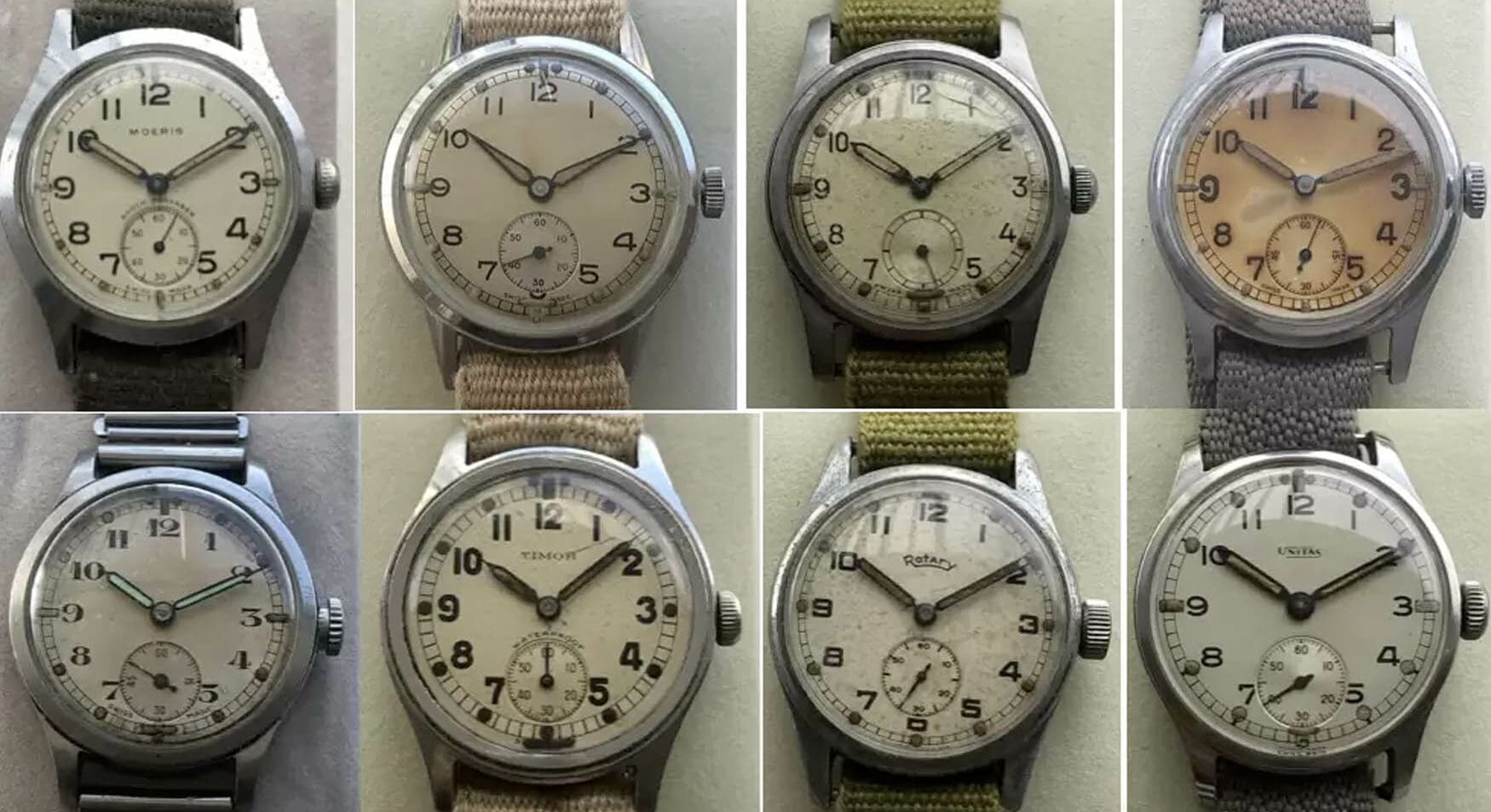
Part of the allure of the Dirty Dozen is the lofty brand names such as Omega, Jaeger-LeCoultre, IWC, and Longines, but the ATP watches were humbler. The 17 brands in alphabetical order were Buren, Cortebert, Cyma, Ebel, Enicar, Eterna, Font, Grana, Lemania, Leonidas, Moeris, Reconvillier, Record, Revue, Rotary, Timor, and Unitas. Despite more companies being involved, there were actually fewer ATP watches produced too, with precisely 133,600 units sold in comparison to the approximate 145,000 of Dirty Dozen watches. Given their active use in combat and the notorious reassembly by the Ministry of Defence with non-original parts, the rarity of surviving ATP watches might be part of the reason why they’re less well-known than the Dirty Dozen. That said, even though they are much harder to find, they are generally much more affordable.
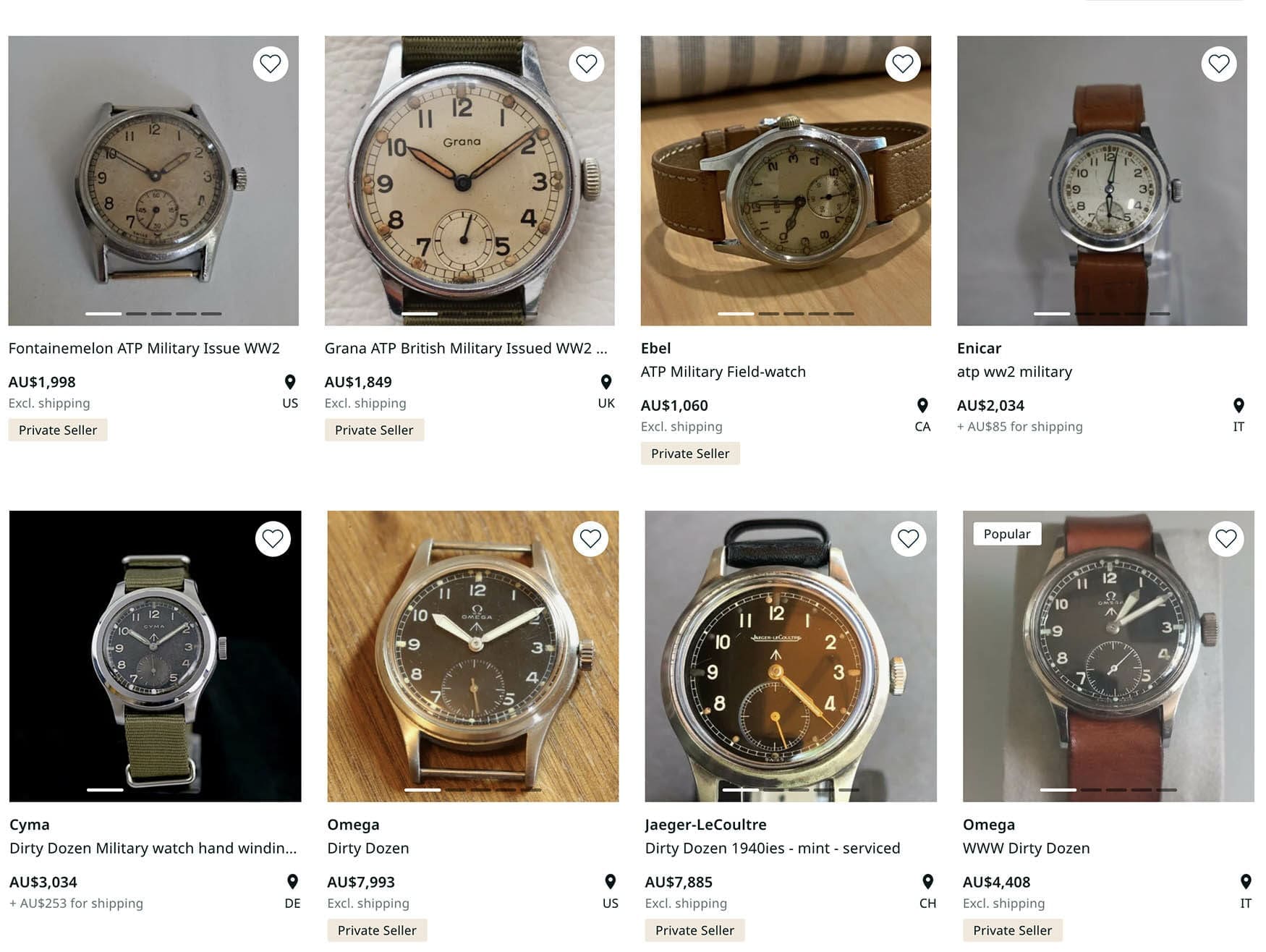
One of the worst Dirty Dozen myths I’ve seen circulate is that before them there were only civilian watches, which is not true in the slightest. The ATP specifications weren’t so different to the W.W.W. specifications, mainly differing in regards to case size and dial colour. The cases were mostly 31mm in diameter and stainless steel, with a few being slightly larger and chrome-plated. The movements required 15 jewels and an accuracy of +/-30s per day, tested in four positions. They also needed to have a small seconds subdial, although it was not a requirement for them to hack. Hacking seconds would become a key component for the A-11 watches manufactured for the Americans, but it was a rare complication across both the ATP and W.W.W. watch collections.
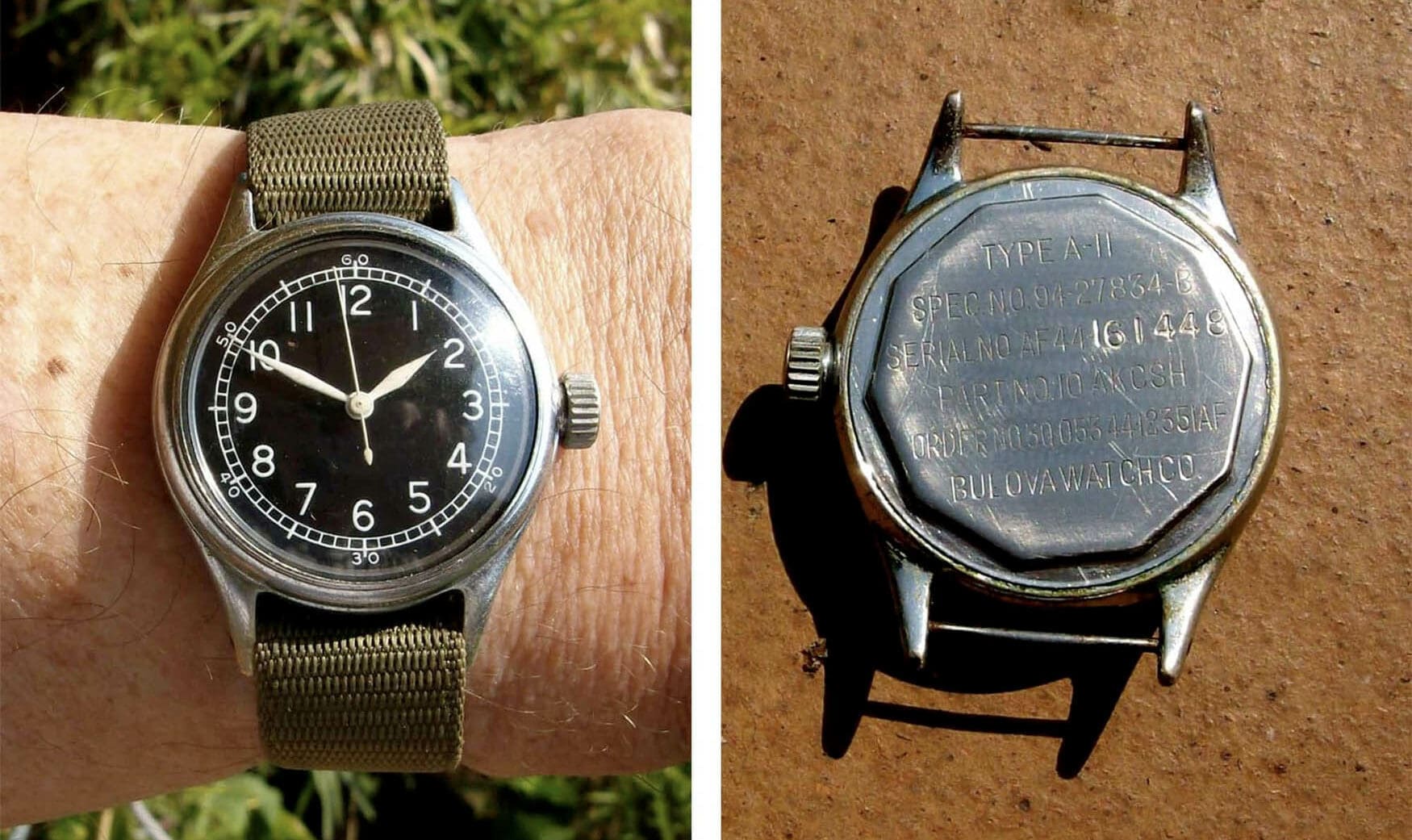
The dials of the ATP watches were silver or white and ‘luminized’ as some records state, meaning that circular indices next to the Arabic numerals and the hands were filled with radium-based luminous paint. Most surviving examples have aged to a pleasant cream colour, and some of the more metallic dials are closer to champagne. Variants of the ATP spec were produced with black dials, although these were sold to the German forces in a show of neutrality by the Swiss. That said, the Germans had nearly 100 different companies producing their watches, so they were far less consistent than the Allied examples. Many of the ATP watches which returned to the MoD were either re-cased or re-dialled – sometimes both – leading to some very strange surviving examples.
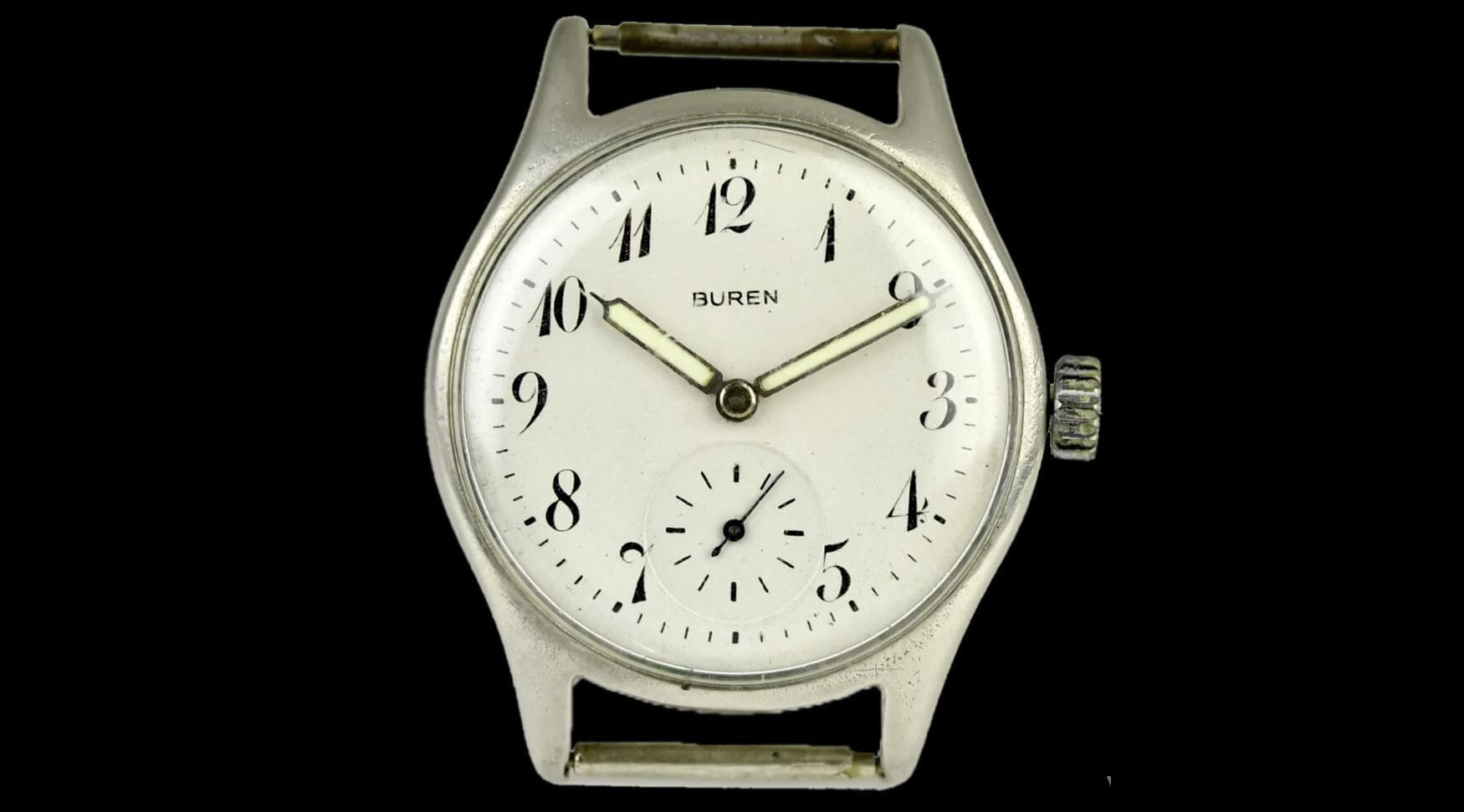
While there’s no sign of the MoD’s broad arrow on the dial of the ATP watches, the casebacks were stamped with the arrow, ATP lettering, as well as the serial numbers. Straps were very much an afterthought, with lug widths ranging from 14.3mm to 17mm across all of the ATP brands. Spring bars had been patented by Elgin in 1931, but fixed lugs were still more common. Watches were supplied to the MoD without straps where they were then fitted with leather and folded metal clasps to secure them. In hotter climates where the leather degraded quickly, canvas straps began to appear and were first officially issued in 1945.
Although World War II was wrapping up in 1945, military developments did not slow down. The pursuit of the W.W.W./Dirty Dozen watches was in search of a higher quality watch, and I’m sure that they achieved that goal. Black dials are far more practical for reducing glare and increasing legibility, so I won’t go so far as to say the ATP watches were better. However, if you’re a collector or enthusiast who wants a genuine piece of WWII, you might be better off searching for an ATP than succumbing to the hype behind the Dirty Dozen.




